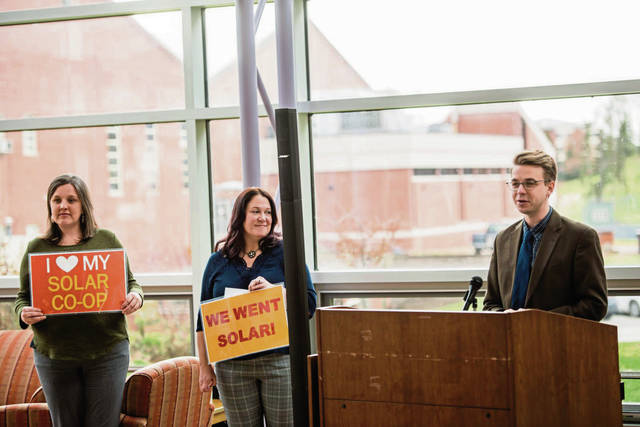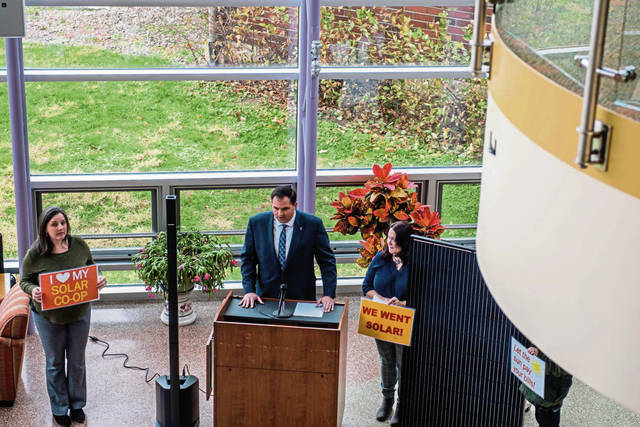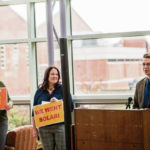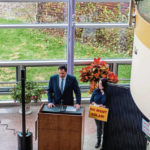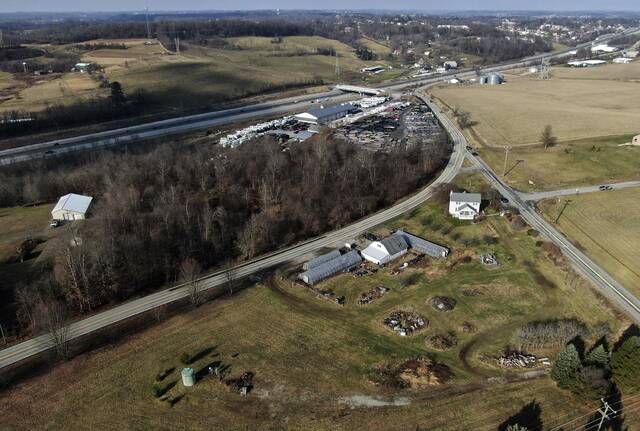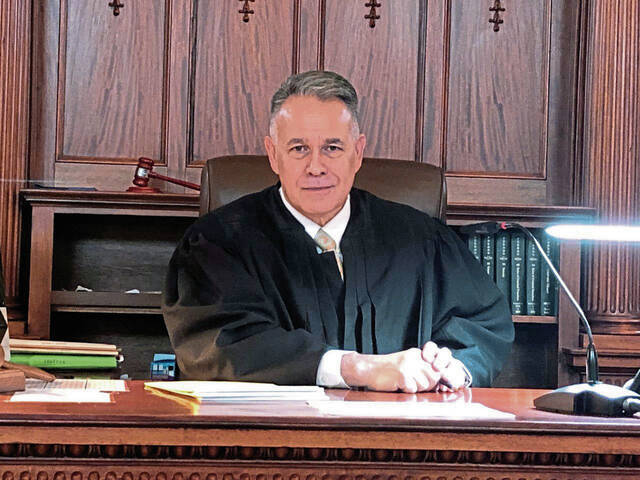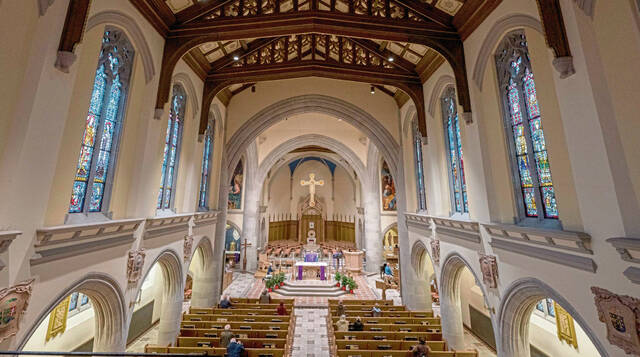A nonprofit that organized solar power co-ops in neighboring counties is looking to do the same in Westmoreland County.
Solar United Neighbors initiated more than 200 solar co-ops across the country, including two in Allegheny County, one in Indiana County and another that operates in both Beaver and Butler counties. The group is looking to sign up at least 30 members from among Westmoreland property owners to get a proposed co-op off the ground.
“That’s the number we want to hit before we start soliciting bids from solar installers,” said Henry McKay, program director for Solar United Neighbors of Pennsylvania.
McKay said Monday there is no fee for homeowners or small business owners to join the co-op. As members, they will gain access, through collective buying power, to special pricing on installation of a solar power system, along with technical support and guidance from Solar Power United.
“The solar co-op will allow neighbors to pool their buying power to make solar a more affordable option,” said Gillian Graber, executive director of Promote PT — a Penn-Trafford-based group that advocates, among other things, for freedom from fossil fuels and is helping to promote the local co-op.
Each of the seven previous co-ops McKay’s group initiated in Western Pennsylvania attracted bids from three or four solar system installers, usually based in Pennsylvania or Ohio, he said.
“A number of people will join a co-op, and they’ll have the option to sign a contract with that co-op’s selected installer,” McKay said. “Not everybody does. It’s usually 10 to 20% of the people in the co-op.”
Solar system installation prices may have become more competitive. According to McKay, prices range between $2.50 to $3 per watt of electricity generated. He said a home system generating 4 to 5 kilowatts could cost $10,000.
Still, he said, “Its a very reliable return on investment. A typical household could see thousands of dollars in savings over the 25-to 30-year life of the system. If you spread it out over the life of the system, that’s less than you’re paying for your regular electricity.”
Most homeowners who invest in solar panels remain connected to their local utility company’s power grid. In summer months, the panels may generate more power than is needed to run the house, McKay said, allowing the homeowner to sell the excess to the utility in return for credits applied toward the following winter’s electric bill.
Graber said she and her family faced a large up-front investment when they decided two years ago to install solar power at their Trafford home. “We just felt really strongly that we needed to do that,” she said.
It was worth it, she said, noting the solar power kept their refrigerator running and allowed them to charge their cell phones during a two-day power outage. “We were the only people in the neighborhood who could do that,” she said.
The power their solar panels generate “covers almost our entire energy consumption in the summer, and we do get some money back from selling energy credits on the market,” she added.
Homeowners who make the switch to solar also may qualify for a federal tax credit.
“In Western Pennsylvania, we are one of the cloudier places in the country, but the (solar) technology is efficient enough that it works here, too,” McKay added. “Germany is cloudier than we are, but they have a lot more solar installed. So, we can’t blame the clouds.”
According to McKay, Pennsylvania lags behind several neighboring states in adoption of solar power. He supports two pieces of legislation that could help close the gap.
House Bill 531, he explained, would establish a community solar option — allowing renters or others unable to install a solar system on their own property to subscribe to a share of a community solar array that might be set up in a local farm field. In addition to allowing more people to take advantage of solar power, he said, “it creates a reliable revenue stream for the rural landowner who hosts the array.”
Senate Bill 600 would gradually increase the percentage of power an electric utility sells that must be generated from solar energy. That amount would increase from about 1.6% in the 2021-22 fiscal year to 10% by 2029-30.
Monday’s co-op announcement was held at Saint Vincent College’s Sis and Herman Dupré Science Pavilion, which is outfitted with roof solar panels, funded with assistance from the West Penn Power Sustainable Energy Fund.
The same fund is supporting inclusion of 405 solar modules in the expanded Dale P. Latimer Library, scheduled for completion this coming spring on the college’s Unity campus. The modules potentially could produce 166,500 kilowatt-hours of electricity per year.
“A great deal of planning went into determining how to best design a library building to provide technological capabilities and vital resources for our students and the community,” said Michael Hustava, senior director for marketing and management at Saint Vincent. “It will also ensure that we, as a college, are continuing to be responsible stewards of the environment. Solar is a key part of this commitment to stewardship.”


